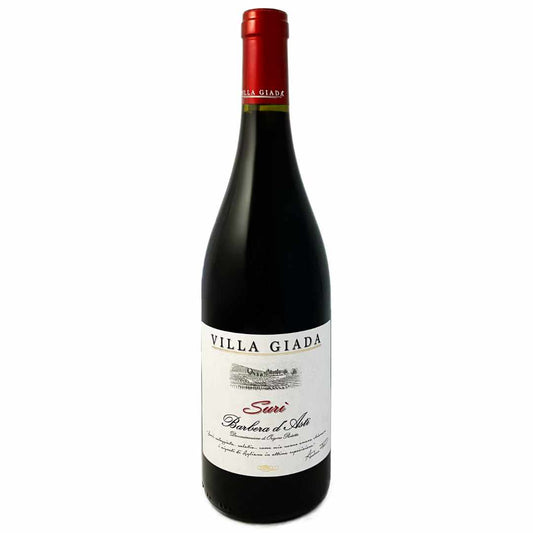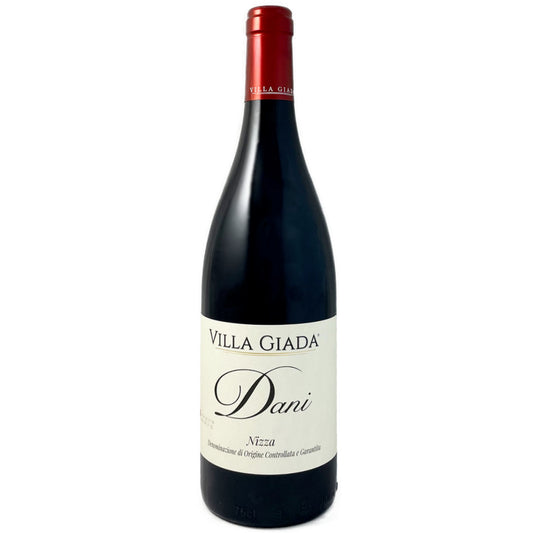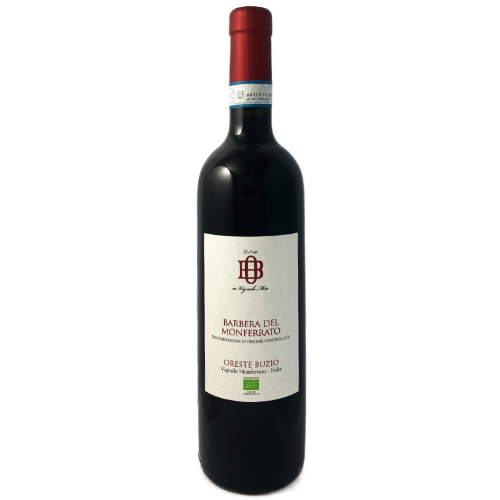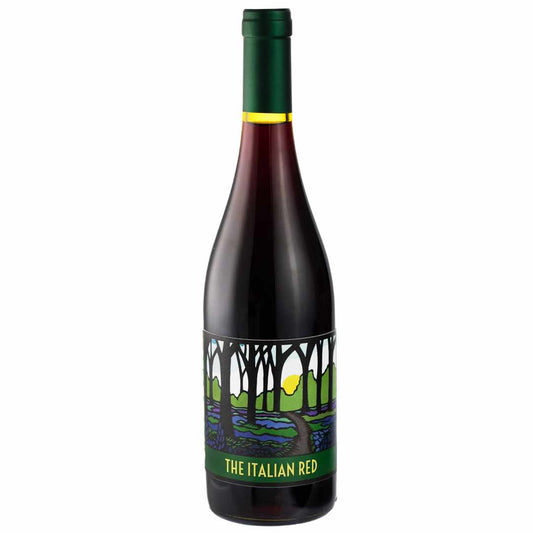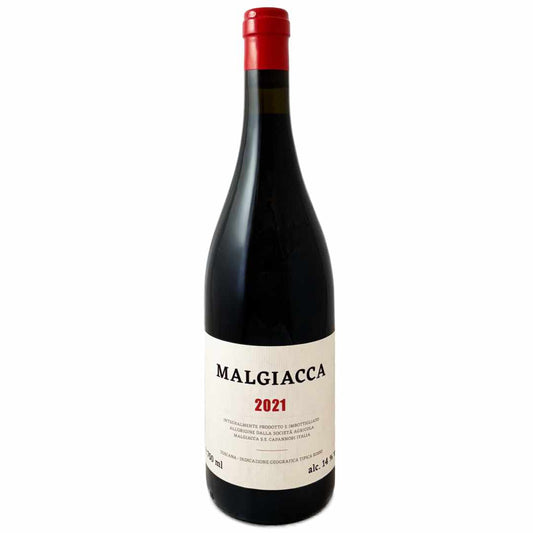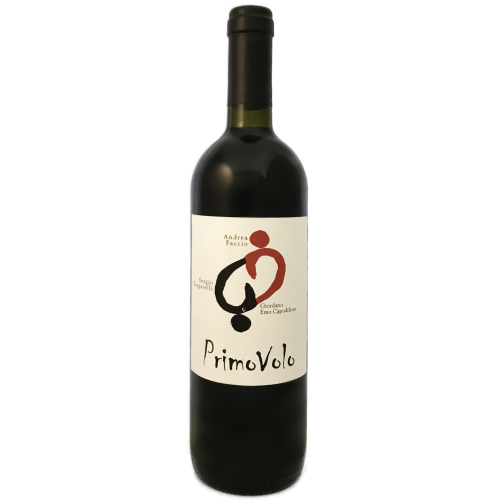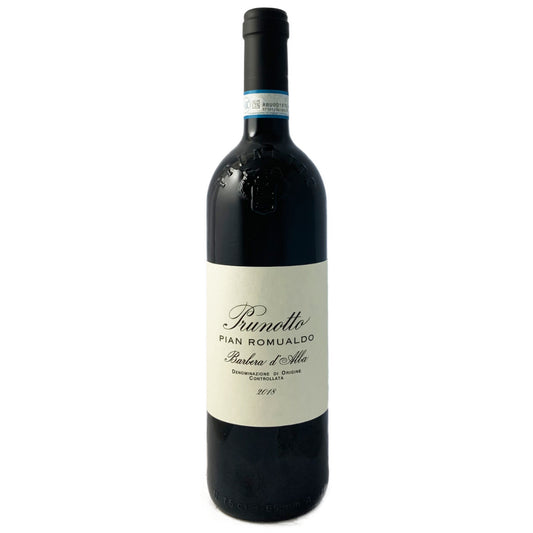Barbera
Barbera was once Italy’s third most planted red grape, and 5th most planted globally apparently, this is no longer the case…
It makes major and minor appearances across the length and breadth of Italy, and is an important stamp in the Milanese passport.
Barbera is unrelated to other Piemontese varieties, and its character is quite distinct from Nebbiolo, Dolcetto, Freisa, Grignolino and Vespolina - which does suggest that it is a relative newcomer to the region. This observation is backed up by a lack of historical scribblings; what is certain however, is that Barbera became popular as the threat of phylloxera receded in the 1770s.
The origins of Barbera are uncertain: DNA has disproved its membership to the Mourvèdre family; or that it is a relative of rare Piemontese grape varieties with similar names like Barbarossa or Barbera Ciaria. The idea that it has mutated from Uva Grisa is unlikely, since Grisa implies a light colouration, something Barbera can never be accused of. In summary, I am none the wiser regarding it’s origins… yet.
Barbera is a very unusual red variety because it has almost no tannin. It does have deep colour and high acidity, as well as spicy and red-fruit aromas and flavours that are vivid in young wines. The combination of high acid, low tannin and vivid flavour make Barbera wines particularly refreshing.
The finest expressions of Barbera are unblended, however many blended wines containing Barbera do exist.
It makes major and minor appearances across the length and breadth of Italy, and is an important stamp in the Milanese passport.
Barbera is unrelated to other Piemontese varieties, and its character is quite distinct from Nebbiolo, Dolcetto, Freisa, Grignolino and Vespolina - which does suggest that it is a relative newcomer to the region. This observation is backed up by a lack of historical scribblings; what is certain however, is that Barbera became popular as the threat of phylloxera receded in the 1770s.
The origins of Barbera are uncertain: DNA has disproved its membership to the Mourvèdre family; or that it is a relative of rare Piemontese grape varieties with similar names like Barbarossa or Barbera Ciaria. The idea that it has mutated from Uva Grisa is unlikely, since Grisa implies a light colouration, something Barbera can never be accused of. In summary, I am none the wiser regarding it’s origins… yet.
Barbera is a very unusual red variety because it has almost no tannin. It does have deep colour and high acidity, as well as spicy and red-fruit aromas and flavours that are vivid in young wines. The combination of high acid, low tannin and vivid flavour make Barbera wines particularly refreshing.
The finest expressions of Barbera are unblended, however many blended wines containing Barbera do exist.
Wine made with Barbera
-
Villa Giada. Barbera d'Asti 'Suri'
Regular price From £15.50Regular priceBottle price per -
Villa Giada. Nebbiolo 'Tre Ponti'
Regular price £23.25Regular priceBottle price per -
Iandolo. Barbera 'Principio'
Regular price From £15.85Regular priceBottle price per£15.85Sale price From £15.85 -
Villa Giada. Barbera 'Ajan'
Regular price £16.50Regular priceBottle price per£16.50Sale price £16.50 -
Villa Giada. Nizza 'Bricco Dani'
Regular price From £27.00Regular priceBottle price per£27.00Sale price From £27.00 -
Oreste Buzio. Barbera del Monferrato
Regular price £16.00Regular priceBottle price per£16.00Sale price £16.00 -
Villa Giada. Nizza 'Dedicato'
Regular price £36.00Regular priceBottle price per -
Villa Giada. Barbera 'La Quercia'
Regular price From £18.75Regular priceBottle price per£18.75Sale price From £18.75 -
Matt Gregory. The Italian Red (Barbera)
Regular price £18.00Regular priceBottle price per£20.00Sale price £18.00Offer -
Iandolo. Nizza
Regular price £27.00Regular priceBottle price per -
Gabriele Cordero. Barbera d'Alba Superiore 'Hica'
Regular price From £37.50Regular priceBottle price per£37.50Sale price From £37.50 -
Le Sincette. Biodinamico
Regular price £20.00Regular priceBottle price per -
Malgiacca. Rosso
Regular price £24.50Regular priceBottle price per -
Malgiacca. Dalitro
Regular price £26.50Regular priceBottle price per -
Gabriele Cordero. Barbera d'Alba
Regular price £25.00Regular priceBottle price per -
Andrea Manfrinati. Le Cinque Rue
Regular price £25.75Regular priceBottle price per -
Prunotto. Barbera d’Alba 'Pian Romualdo'
Regular price £25.00Regular priceBottle price per -
Cantina della Serra Summer Selection
Regular price From £88.00Regular priceBottle price per£94.20Sale price From £88.00Offer -
Villa Era. Spanna Rondò
Regular price £36.00Regular priceBottle price per

